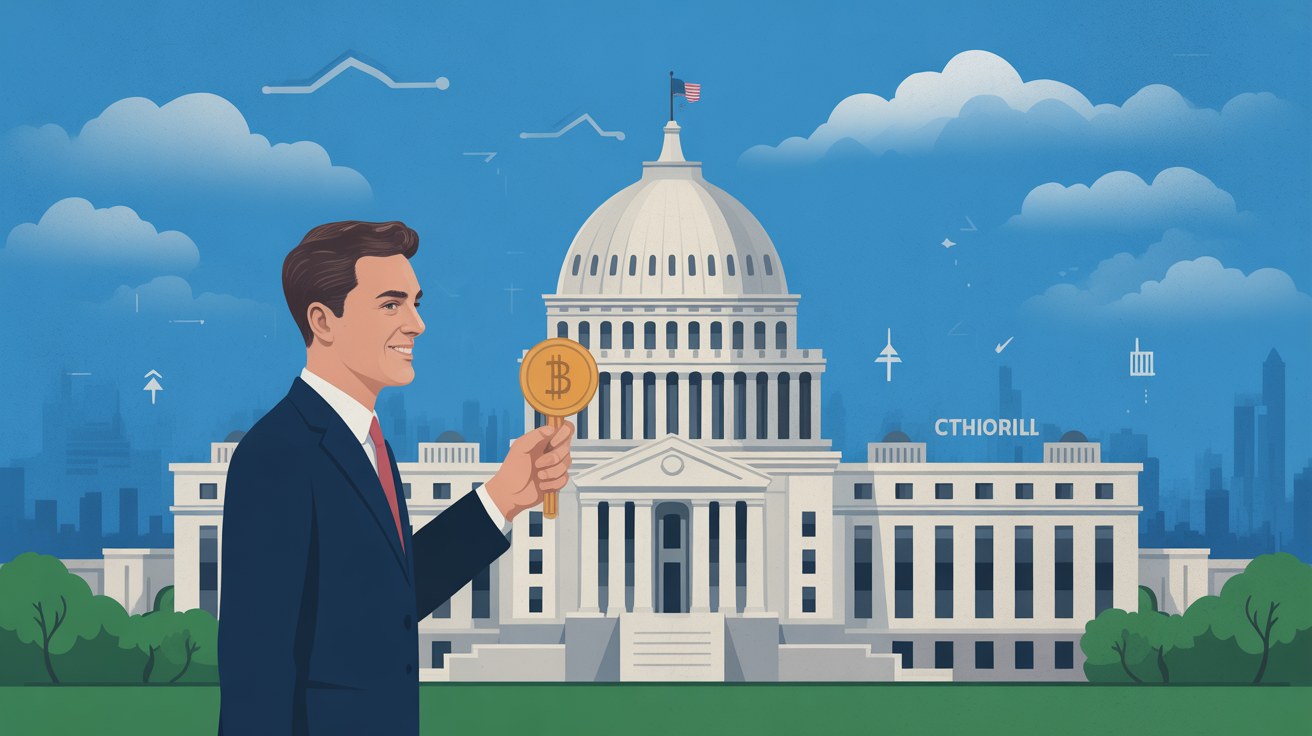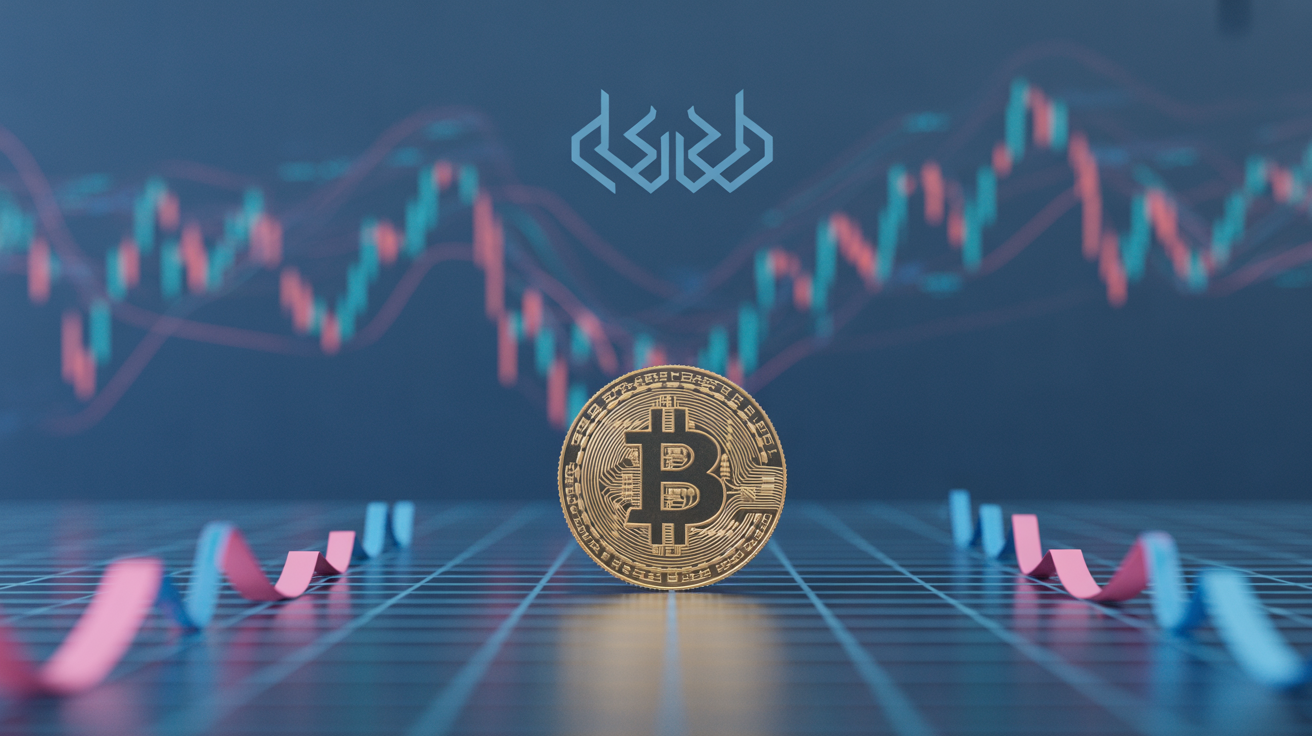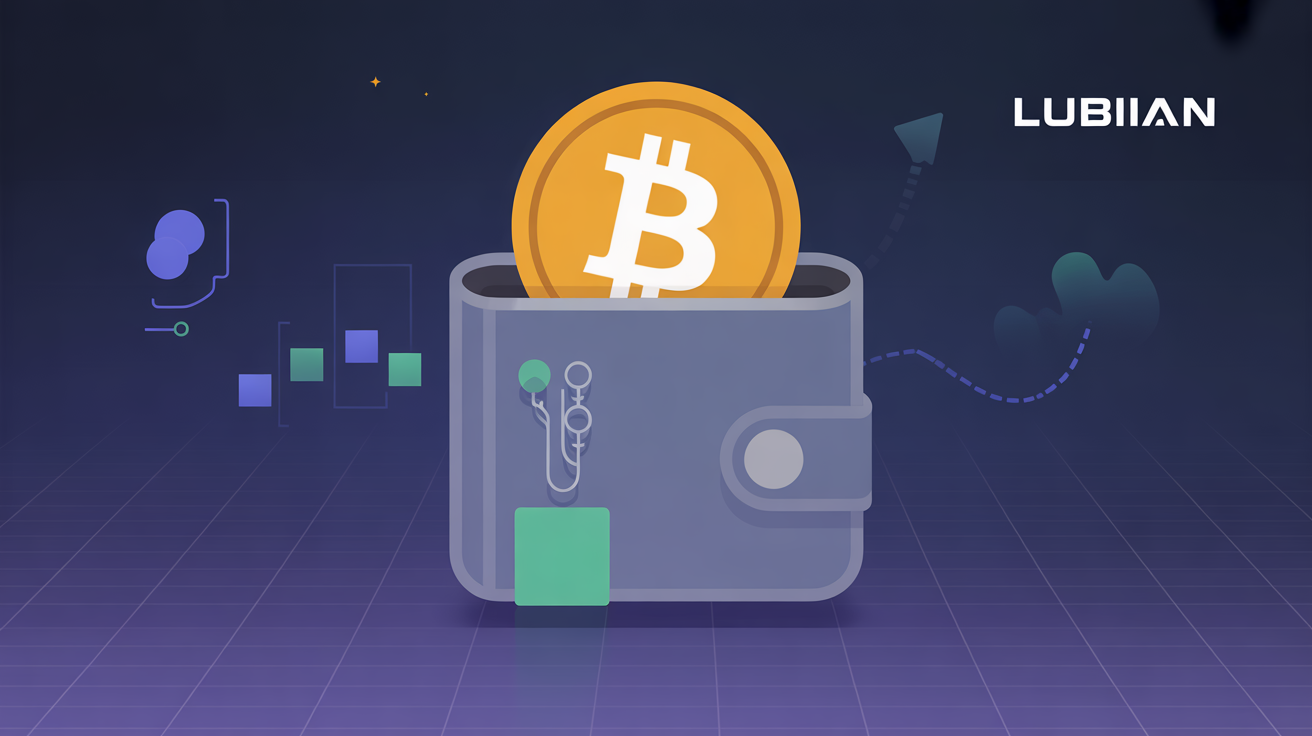Shutdown Chaos Clouds Fed’s Oct. 29 Decision as Markets Sit Near Record Highs
With the U.S. government still partially shut down and key data unavailable, investors are bracing for a volatile end to October as the Federal Reserve prepares its next policy move. Both stocks and crypto remain near all-time highs — but the risk of a policy surprise looms large.
Data Freeze Forces Fed to Navigate Blind
A federal government shutdown that began on Oct. 1 has closed several agencies, including the Bureau of Labor Statistics (BLS), indefinitely delaying the September jobs report.
That leaves the Federal Open Market Committee (FOMC) with limited visibility into labor and inflation conditions ahead of its Oct. 28–29 meeting — an unprecedented challenge as it weighs its next rate decision.
Without updated wage or employment data, policymakers risk “flying blind” at a critical juncture for the U.S. economy.
Markets Extend Rally Despite Shutdown
The data blackout hasn’t stopped markets from pushing higher.
- Bitcoin (BTC) traded around $123,196, just below its record high of $125,506, supported by steady ETF inflows and institutional accumulation.
- Gold closed at $3,886 per ounce, up 48% year-to-date, driven by strong central bank demand and inflation hedging.
- The Dow Jones and S&P 500 ended the week at record levels — 46,758.28 and 6,715.79, respectively — reflecting faith in continued monetary easing.
Investors are effectively betting that the Fed will maintain its path toward lower interest rates despite the lack of fresh data.
Markets Price a 25 bps Cut, but Risks Mount
As of Oct. 5, futures imply a 96.2% probability of a 25 basis-point rate cut, according to CME’s FedWatch Tool.
On Polymarket, traders assign a 90% chance of a 25 bps reduction and only an 8% probability of no change.
Yet, some analysts warn that a pause — though unexpected — remains plausible.
With no jobs data to guide decisions, the Fed could opt for caution, temporarily holding rates steady to avoid over-stimulating the economy amid persistent inflation pressures.
Shutdown Adds Uncertainty Across the Economy
The longer the shutdown continues, the harder it becomes to gauge its economic toll. Furloughed workers, reduced spending, and delayed reporting could weaken growth — though the extent remains unclear.
To compensate, the Fed is likely to rely on private data sources, including ADP employment numbers and regional Fed surveys, to infer inflation trends.
Should the shutdown end mid-October, the delayed jobs report might still reach policymakers before the meeting, clarifying the picture.
Why a 50 bps Cut Is Off the Table
A 50 basis-point reduction remains highly unlikely. Inflation remains well above target — particularly in services and wage growth — and a deeper cut would signal excessive easing.
Fed Chair Jerome Powell has repeatedly stressed that policy remains data-dependent, reinforcing that a cautious 25 bps step is the most probable course.
How Investors Are Hedging Against a Fed Surprise
With nearly all expectations leaning toward a cut, a policy pause could trigger sharp volatility in both equities and crypto.
Analysts suggest defensive strategies such as:
- Buying put options on Bitcoin or major indices.
- Reducing leverage across volatile positions.
- Adding exposure to gold and Treasuries for stability.
- Using volatility ETFs to capitalize on market swings.
Institutional desks have already begun rotating into hedged positions as a precaution.
The Bottom Line
The Fed’s Oct. 29 decision may appear straightforward — but beneath the surface, it’s anything but.
With critical data missing and inflation still elevated, the risk of a surprise pause has grown sharply.
Markets may be underpricing the possibility that the Fed, this time, chooses to stand still.












